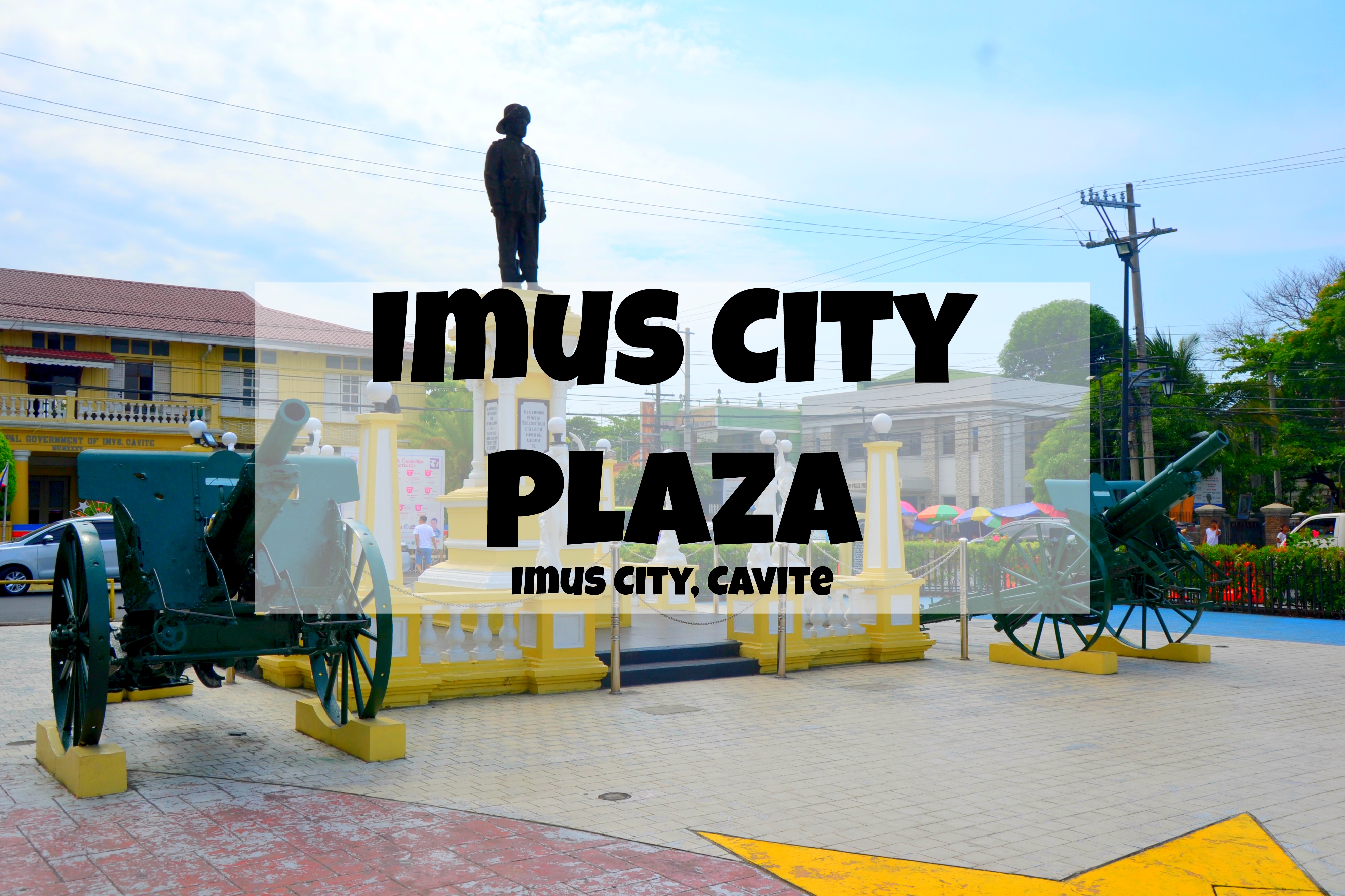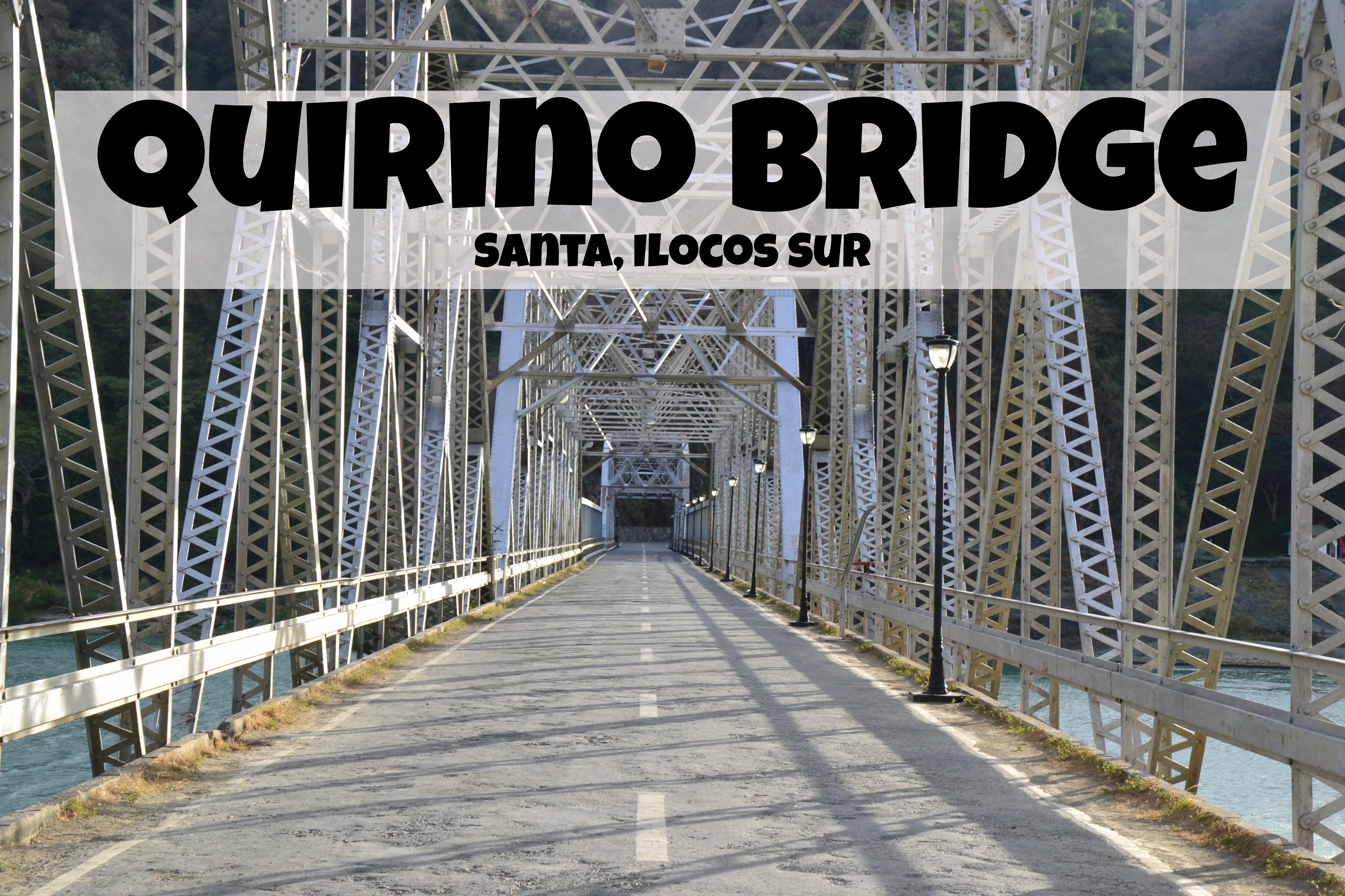Muroran Hachimangu Shrine (室蘭郡総鎮守 室蘭八幡宮) is the main shrine of the city. It is located at 2 Chome-9-3 Kaigancho in Muroran City, Hokkaido Prefecture, Japan.
 |
| Muroran Hachimangu Shrine |
Muroran Hachimangu Shrine details
Muroran Hachimangu Shrine has a rich history and holds significance both culturally and economically. Established in the Meiji era, the shrine was initially known as "Kujira Hachiman" due to its connection with a stranded whale that was sold to fund its construction. Over time, it evolved into a prestigious site, attracting visitors and playing an important role in the local community.
 |
| Muroran Hachimangu Shrine - Muroran City, Hokkaido Prefecture |
In 1869 (Meiji 2), the shrine was established as the "Muroran District Ruling General Guardian Shrine" and was initially located in Sakimori-cho, Uchiha. It was enshrined with a branch spirit from the Hakodate Hachimangu Shrine. However, in 1874 (Meiji 7), funds from the sale of a stranded whale facilitated the construction of the shrine at its present location. This event led to its famous name, "Kujira Hachiman," meaning "Whale Hachiman."
 |
| 室蘭郡総鎮守 室蘭八幡宮 |
 |
| The stairs going up to the shrine from 2 Makunishicho |
 |
| The main torii gate of Muroran Hachimangu Shrine |
In 1875 (Meiji 8), two additional deities, Kotohira-kami and Hoshoku-kami, were enshrined at the same site, prompting the renaming of the shrine to "Gosha Hachiman Shrine." This consolidation further enhanced its spiritual significance and drew more devotees from far and wide.
Monuments and Statues in Muroran Hachimangu Shrine grounds
 |
| Statue of Nanjo Tokuo Sensei (南條德男先生像) |
 |
| Statue of Professor Renji Nakamura (中村廉次先生之像) |
 |
| Kagura Hall |
Muroran Hachimangu Shrine gained further prominence in subsequent years due to visits by imperial figures. In 1911 (Meiji 44), Emperor Taisho, who was Crown Prince at the time, planted pine trees within the shrine grounds. Then, in 1922 (Taisho 11), Emperor Showa, as the Regent, personally planted yews, highlighting the shrine's royal connections.
 |
| Muroran Hachimangu Shrine chozuya |
 |
| The ema or prayer boards sometimes have an image of a whale due to the shrine's history |
In 1924 (Taisho 13), the shrine was elevated to a prefectural company status, signifying its growing cultural and religious importance. In 1938 (Showa 13), the construction of the shrine building was completed, solidifying its presence as a revered religious institution. In 1952 (Showa 27), it was dedicated as "Muroran Hachimangu Shrine," the name it is known by today.
Muroran Hachimangu Shrine's Main Hall
Muroran Hachimangu Shrine continues to flourish as a center for cultural festivities. The shrine's annual festival spans three days from August 14th, featuring the Yoimiya Festival, Main Festival, and Gohoko Togyo. These events draw large crowds and provide an opportunity for locals and visitors alike to participate in traditional customs. Additionally, the shrine sponsors the "Ohama Town Festival," where events such as the Muroran Naked Mikoshi and Nouryo Bon Odori are held, creating a vibrant atmosphere in the city's Chuo Town.
Muroran Hachimangu komainus
 |
| Muroran Hachimangu Shrine komainu |
 |
| Muroran Hachimangu Shrine's un-gyo |
 |
| Muroran Hachimangu Shrine's a-gyo |
Presently, the Muroran Hachimangu Shrine houses two deities, Hondabetsuson (Hondawake no Mikoto) and Ukemochi no Kami (Kotohira no Kami), who are worshipped by the local community. The shrine grounds cover a total area of 827 square meters, providing a serene environment for visitors to engage in prayer and reflection.
My family and I visited Muroran Hachimangu Shrine for the first time last October 10, 2022, during our “October 8-10” Road Trip. It was my 343rd day in Japan as an ALT under the JET Programme. Like most of our shrine visits, my family and I paid our respects and offered our prayers. We also made some wishes as part of our tradition after visiting a religious destination for the first time.
Muroran Hachimangu Shrine fees
It’s FREE to enter and explore Muroran Hachimangu Shrine’s grounds. However, if you wish to avail yourself of the goshuin or any other charms, make sure to bring cash.
Muroran Hachimangu Shrine Operating Hours
Muroran Hachimangu Shrine grounds are open 24/7. However, the shrine office is only available from 9 AM to 5 PM.
Why visit Muroran Hachimangu Shrine?
Muroran Hachimangu Shrine's history, from its humble beginnings tied to a stranded whale to its current position as a revered religious institution and cultural hotspot, exemplifies its significance in the Muroran community. Through its annual festivals, royal connections, and spiritual aura, the shrine continues to captivate locals and tourists, serving as a symbol of tradition and spirituality in the region. Aside from these, you can also get a goshuin here. However, just a heads up, the goshuin has been indefinitely stopped ever since the COVID-19 pandemic. As of 2024, it is still unavailable.
Getting to Muroran Hachimangu Shrine
There are various routes to reach Muroran Hachimangu Shrine, but allow me to share the one I'm familiar with:
Begin your journey from New Chitose Airport. Head to New Chitose Airport Station and catch the 125 Rapid Otaru train on the Rapid Airport Line. Alight at Minami-Chitose Airport Station.
Next, transfer to the Hokuto 12 Limited Express Hakodate train and disembark at Noboribetsu Station.
For the final leg of your trip, transfer once more to the Local Muroran train on the Muroran Line. Disembark at Muroran Station. From there, it's a stroll of approximately 850 meters to reach Muroran Hachimangu Shrine.
Travel time: 1 hour and 56 minutes
Fare: 4,640 yen
Ratings
 |
| Crowd |
 |
| Cleanliness |
 |
| Overall rating |


































I wonder how Muroran Hachimangu Shrine looks like in winter.
ReplyDeleteMe too. If this city was just next to mine, I'll definitely go there and take photos.
Delete